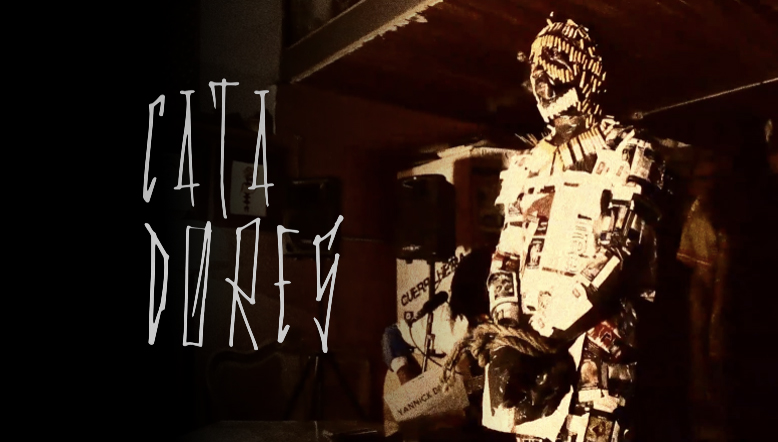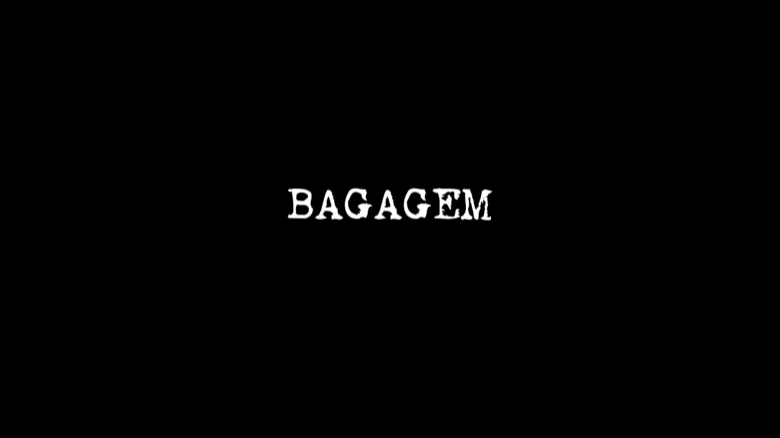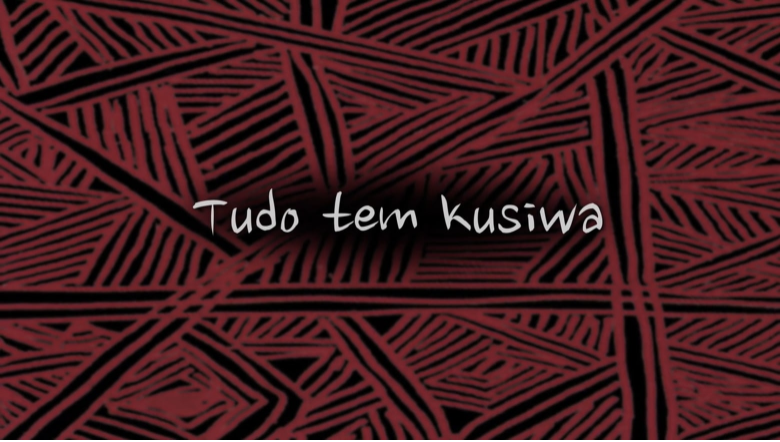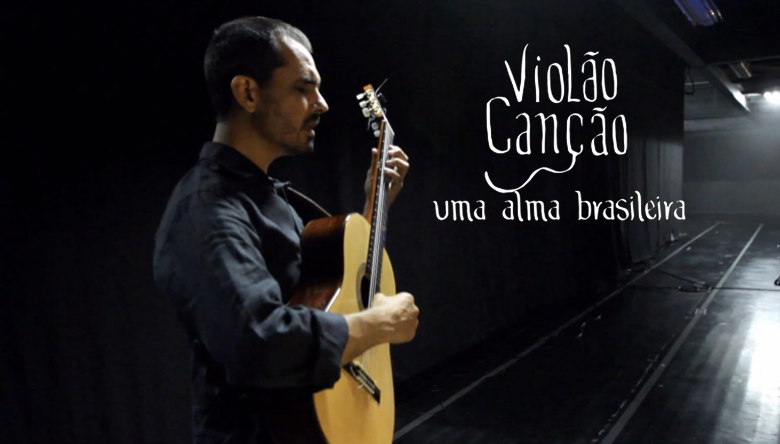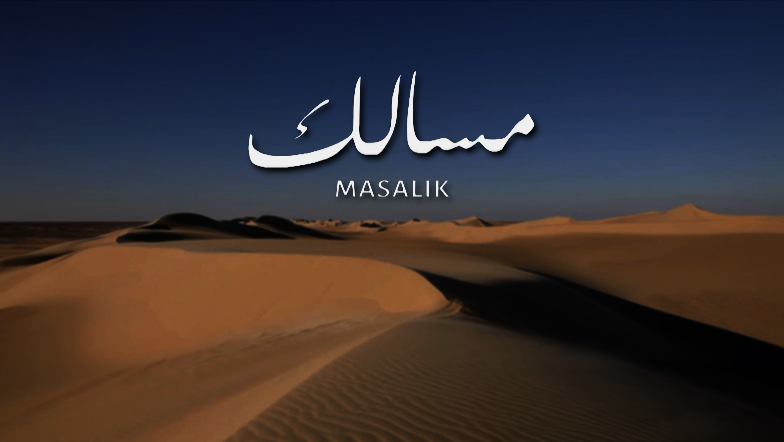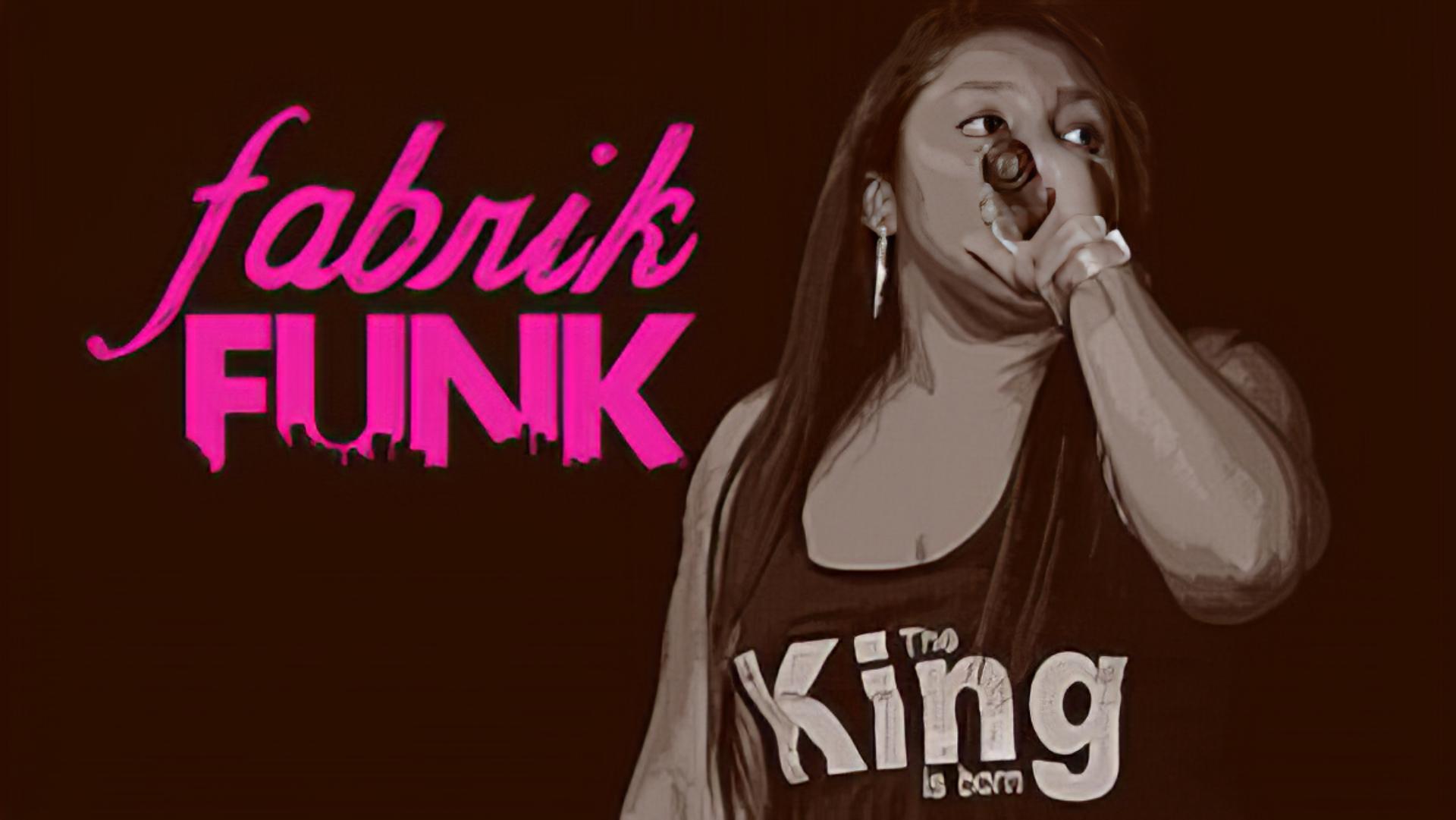Videos
"He needs to preserve his life". The phrase echoes the tragedy of those who need to seek refuge. A silent figure on the stage, covered in coltan, bloody cell phones glued to his body; a distant war, for refugees so close.
Performance "No to the war in Congo", at the 1st International Refugee Day Festival, June 19, 2016, São Paulo.
afrosampas afro-sampas afro.sampas
The essay “It was a woman's body”, by Ewelter Rocha, consists of an audiovisual ethnographic writing experience, having been conceived under the auspices of this presumption. In this perspective, we developed a narrative in which sounds, images, texts and speeches intertwine in the construction of a montage that favors intermingling in the same support the evocation of an ethnographic experience and the artistic production that represents its main protagonists. In this case, focusing on the wooden sculptures and clay pieces that depict the butts of Juazeiro do Norte - CE. The essay is based on a twelve-year research that we developed in the hinterland of Cariri Ceará, a region located in the south of Ceará. This essay is part of GIS n.1 - Gesture, image and sound. Anthropology Journal of the University of São Paulo, published in June 2016: revista.usp.br/gis .
Performer Shambuyi Wetu could have written (inconsistently in conscience): "Brazil country of hunger". I live in a small, damp room, a real achievement!
I walk between the prison's cigarrette butts, in the scandalous silence of the unconscious.
I take pains to process them and convert them to smoke.
Refugee from the danger of not being, I multiply around the world.
I live in São Congo, neither Paulo nor Congo.
Civil construction? My daily bread. For how long?"
afrosampas afro-sampas afro.sampas
The country receives the immigrant's body, not his luggage. Performance by Shambuyi Wetu at the VII World Social Forum on Migration, July 10, 2016, São Paulo.
afrosampas afro-sampas afro.sampas
Mozambican musicist Lenna Bahule comments on her trajectory, her relationship with Brazilian music, African references and performs with the Bahule Quartet at the Immigration Museum in São Paulo, the city where she lives today.
afrosampas afro-sampas afro.sampas
This short film, filmed by young pals during a video workshop, is the result of an exercise of recording a day in the life of the character Pintinho (Setina Apalai). The irreverent protagonist invites young apprentices and spectators to accompany their day in the village Bona (TI Indigenous Park of Tumucumaque, Pará). Held between June and July 2015, these films were the first contact of these young people with a video camera.
The Wajãpi from Amapá have their Kusiwa graphic standards recognized by Iphan as immaterial cultural heritage of Brazil. In 2015, the young Wajãpi researchers decided to show on video some of the characteristics of these brands and their owners, the care and effects of their use, and their concerns about the practice of these paintings in the new generations.
Following his artistic path, Chico Saraiva meets up with 7 master musicians who share their experiences: João Bosco, Sérgio Assad, Paulo César Pinheiro, Paulo Bellinati, Marco Pereira, Luiz Tatit and Guinga. The conversation, with acoustic guitars in hands, reveals multiple ways of how music is created through the particularly fertile relationship between solo guitar pieces and popular brazilian songs.
The film, made in partnership with a group of young women from the Tenonde Porã village, in São Paulo, mixes fiction and documentary in a narrative around the figure of Piragui, owner of the fish in the Guarani Mbya tradition. It was carried out in partnership with LISA (Laboratory of Image and Sound in Anthropology) at the University of São Paulo, guided by Profa. Dr. Rose Satiko and with support from CNPQ.
With Nassuradine Adamou.
Documentary-fiction that recounts and interweaves a series of journeys from historical and contemporary figures across Egypt, Senegal and Brazil.
The MBEBE AKAEE Feast, or the Feast of the wild pig is the main ritual of the Cinta Larga Indians. Guests from surrounding villages are invited to dance, sing, drink cassava chicha, have fun and most important to shoot the wild pig with their bows and arrows. The feast was held in Village Roosevelt in September 2014.
Eagles are special animals of prey. They always look around for new opportunities. They have piercing eyes that allow them to identify a target as they fly. The Eagle is Miguel Aguila. The Eagle is a Cuban expatriate, a pariah, who now lives in Victoria, British Columbia, Canada. This shor character film is about the incredible life of Miguel: the highjacking of a train in Cuba, the traffic of cars in the U.S., the cooking experiences on ferries and the hard work in the oil industry in Canada. More than anything, The Eagle is a funny and touching slice of life of a Cuban who now struggles for the biggest challenge: his fight against cancer.
Karoline is a young woman who wants a more exciting life than her normal routine in a telemarketing centre. In the streets of Cidade Tiradentes, the largest low-income housing development in Latin America, Karoline chases her dream of becoming an MC in a place known as the Funk Factory.
The film is an ethnofiction that explores the universe of Funk, a practice involving music, dance, technology, fashion and consumption that has emerged as one of the most prominent cultural manifestations among Brazilian youths.
Fabrik Funk is the result of a collaboration between anthropologists from the University of São Paulo and the University of Victoria with residents of Cidade Tiradentes working in different ways in the local art scene.
Supported by FAPESP and UVIC, the film was recorded in June and July 2014, in Cidade Tiradentes/SP, and edited between São Paulo/Brazil and Victoria/Canada in 2014 and 2015.
The worship of Our Lady of Mount Carmel by the peoples of Central and Meridional Andes is characterized by the performance of ritual masked dances, which is said to be the goddess’ favorite act of devotion. This ethnographic film presents the ritual experience lived in the Paucartambo village – a gateway to the ancient Inca region of Antisuyu – where nineteen dance groups gather every July to create a moment of socio-cosmological synthesis through the convergence of images about ancestry, colonial oppression, slavery and exchange between dwellers of different ecological zones.
Original version in Spanish
Portuguese subtitles for the deaf
English subtitles
In the interview A Musicológica Kamayurá, Professor Rafael José de Menezes Bastos tells us about his formative years and his first professional experiences. He comments on his main intellectual gurus and on the political context that marks his professional activity at FUNAI in the 1960s and also his Master's years at the University of Brasília. Also part of this interview are some of the main theoretical and methodological issues that mark the book A Musicológica Kamayurá (1978), such as the question of musical metalanguage and the importance of ritual in the constitution of musical systems, themes that will be taken up in later works by the author .
This interview is part of Volume 1, n.1 of GIS - Gesture, Image and Sound. Journal of Anthropology at the University of São Paulo, published in June 2016: www.revistas.usp.br/gis



